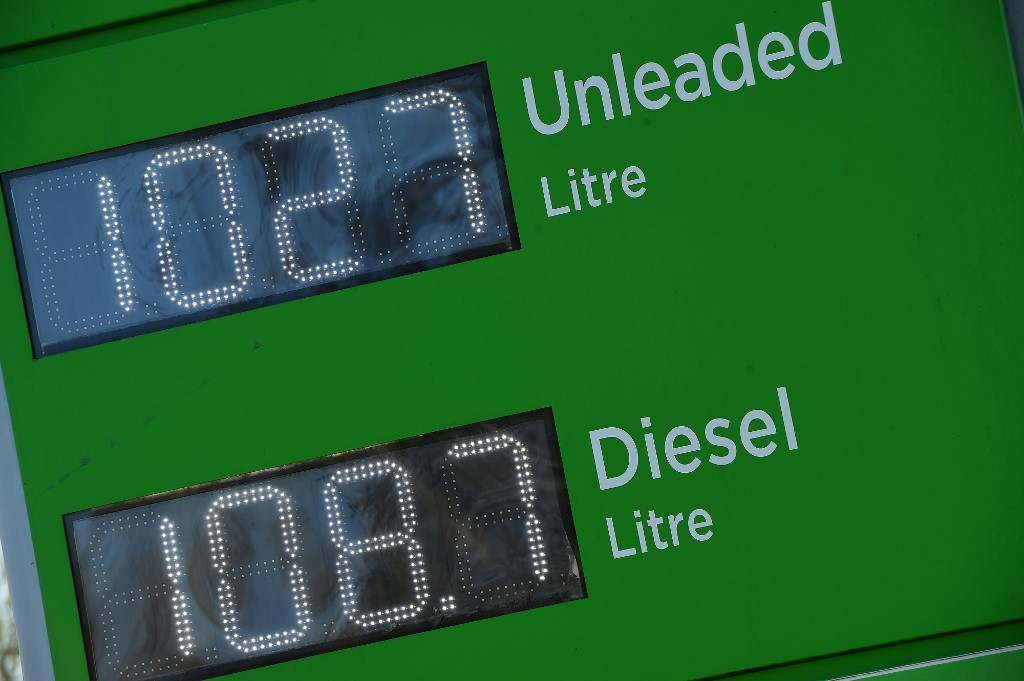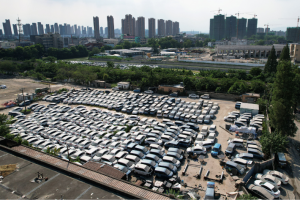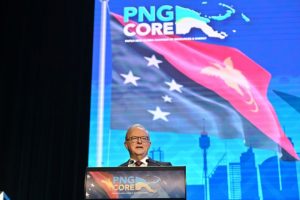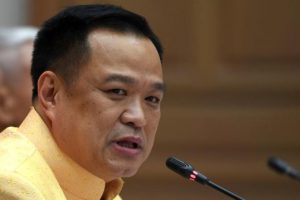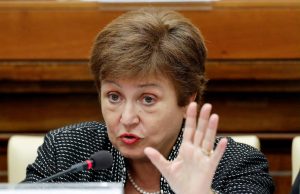Hong Kong: Financial markets surveyed the devastation to oil demand from the coronavirus pandemic even as benchmark prices staged a brief recovery. WTI June futures were down 13% while the May contract was in negative territory yet again. Brent crude also remained subdued.
The Stoxx Europe 600 index was down 1.5% and the S&P futures are down 0.4%.
Analysts said that although oil fundamentals were dire, the price action was led by logistics peculiarities of the oil industry and technical reasons in the futures markets.
“According to our forecast, Cushing is set to hit tank tops by early May, which would render the hub physically contained. Ultimately, crude must price to stop barrels flowing into the hub, and in this case, production shut-ins need to happen to enable this,” said Amrita Sen, Chief Oil Analyst at Energy Aspects in an emailed response to Asia Times Financial.
“While on the surface, a $0 oil price would suggest producers stop production, in theory, it is more economic to pay someone to take the crude rather than shut the well (as there are costs associated with shutting a well) up to the shut in cost. Either way, this equates to a negative well head price and explains a portion of the price action.”
Besides there were drivers in the financial markets as well.
James Trafford, Fidelity International portfolio manager, said the current ‘front month’ is for delivery at Cushing, Oklahoma in May and expires today, which means anyone who has been long the current May contract and doesn’t want to take delivery of a physical barrel of oil needs to sell the contract or roll it forward.
“The price movement confirms that near term demand is very weak. But it isn’t cataclysmic. We don’t see negative oil prices as a new normal going forward,” he added.
Japan’s Nikkei 225 index fell 1.97%, the Australian S&P ASX 200 tumbled 2.46% and the Hong Kong benchmark, the Hang Seng index eased 2.2%. China’s CSI 300 benchmark dropped 1.31% after China reported overnight its fiscal revenue fell 26.1% in March from a year ago, as the virus ravaged the world’s second largest economy. South Korea’s KOSPI, the stock market benchmark recovered from lows but still ended 1% lower as CNN reported US is monitoring intelligence that North Korean leader Kim Jong Un is in grave danger after a surgery. This report was followed by South Korean government denying claims that Kim Jong Un’s health is in grave danger on official news agency Yonhap.
The South Korean 5-year CDS is now 2 bps wider at 32/35 bps, off the wides of 34/37 bps. The Asian IG series 33 index is 4 wider at 118/121 bps, a basis point tighter from the morning session. The primary market for hard currency bonds continues to show signs of life with Qingdao City Construction hiring banks for a Reg S, keep well letter supported dollar bond
And with the global infections count nearing the 2.5 million mark and a total of over 171,000 deaths, the economic devastation is forcing world leaders to take a conservative approach to reopening their economies. US infectious disease expert Dr. Anthony Fauci said reopening economy too quickly could ‘backfire’ even as US President urged state governors to normalize businesses.
Also on Asia Times Financial
· Speculators blamed for oil price plunge
· More China borrowing possible as fiscal revenue declines
· Coronavirus lockdown damage seen in north and south China
Asia Stocks
· Japan’s Nikkei 225 fell 1.97 %
· Australia’s S&P ASX 200 tumbled 2.46%
· Hong Kong’s Hang Seng index slid 2.2%
· China’s CSI300 1.31%
· The MSCI Asia Pacific index dropped 2.1%.
Stock of the day
Drugmaker Sino Biopharma fell as much as 9.1% after it reported to the stock exchange its CEO had sold 200 million shares held by him, reducing his stake in the company to 9.4% from 11%.




